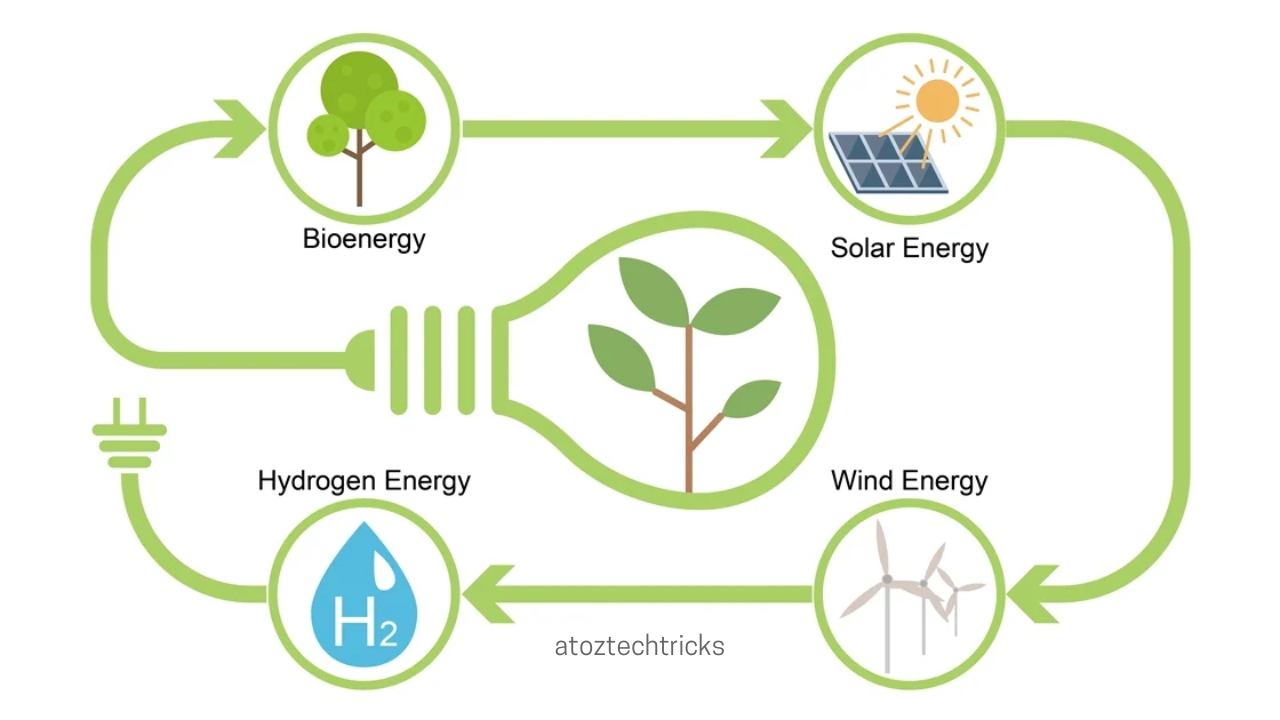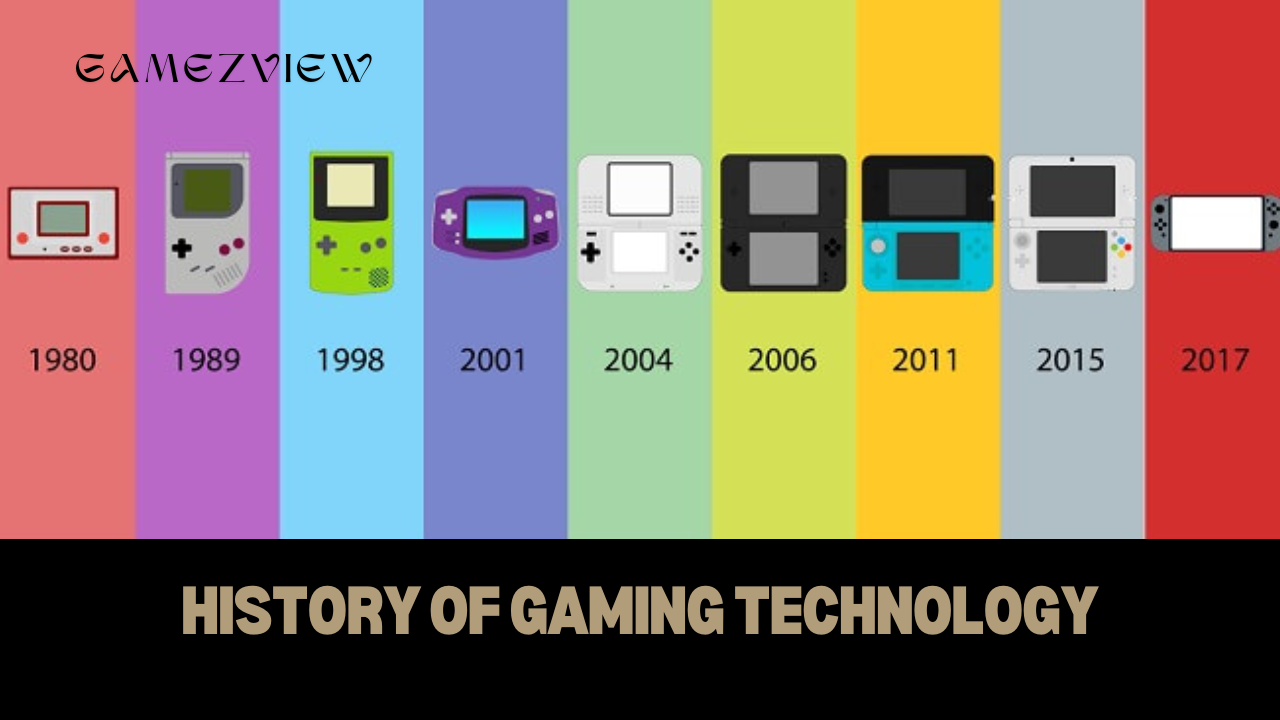The urgency to combat climate change and reduce reliance on fossil fuels has put renewable energy at the forefront of global energy discussions. As the world strives to transition to cleaner and more sustainable energy sources, technology has become a crucial driver in advancing renewable energy. From solar and wind to hydro and bioenergy, technological innovations are enhancing efficiency, reducing costs, and enabling widespread adoption. This article delves into the role of technology in advancing renewable energy, exploring key innovations, challenges, and prospects.
The Evolution of Renewable Energy Technologies
Early Beginnings
Renewable energy has been harnessed by humans for millennia, with early technologies such as windmills and waterwheels being used to grind grain and pump water. However, the modern era of renewable energy began in the late 19th and early 20th centuries with the advent of electricity generation from renewable sources. Hydroelectric power was among the first forms of renewable energy to be widely adopted, with large dams built to generate electricity.
The Rise of Solar and Wind Power
The 1970s energy crisis marked a turning point in the search for alternative energy sources. Solar and wind energy technologies, which had been largely experimental, began to receive increased attention. The development of photovoltaic (PV) cells in the 1950s by Bell Labs laid the foundation for solar power technology. Initially used in space exploration, PV technology gradually found its way into commercial applications. Similarly, wind energy, which had been used for centuries in various forms, saw significant advancements with the development of modern wind turbines in the 1980s.
Technological Advancements in the 21st Century
The 21st century has witnessed remarkable advancements in renewable energy technologies. Solar panels have become more efficient and affordable, wind turbines have grown in size and capability, and new forms of renewable energy, such as tidal and wave energy, are being explored. The integration of digital technologies, such as artificial intelligence (AI) and the Internet of Things (IoT), is further enhancing the performance and reliability of renewable energy systems.

Key Technologies Driving Renewable Energy
Solar Energy Technologies
Solar energy is one of the most abundant and versatile renewable energy sources. Technological advancements have significantly improved the efficiency and accessibility of solar power.
Photovoltaic (PV) Cells
Photovoltaic cells are the cornerstone of solar energy technology. These cells convert sunlight directly into electricity through the photovoltaic effect. Over the years, the efficiency of PV cells has increased dramatically, thanks to advancements in materials science and engineering. Today, multi-junction cells and perovskite solar cells are pushing the boundaries of efficiency, with some lab-scale cells achieving over 40% efficiency.
Concentrated Solar Power (CSP)
Concentrated Solar Power (CSP) is another technology that harnesses solar energy, but unlike PV cells, CSP systems use mirrors or lenses to concentrate sunlight onto a small area to produce heat. This heat is then used to generate electricity through a steam turbine. CSP plants can include thermal energy storage systems, allowing them to produce electricity even when the sun is not shining. Recent advancements in CSP technology have focused on improving the efficiency and reducing the cost of thermal storage systems.
Solar Storage Solutions
One of the main challenges of solar energy is its intermittent nature—solar power is only available when the sun is shining. However, advancements in energy storage technologies are addressing this issue. Battery storage systems, particularly those using lithium-ion technology, have seen significant improvements in capacity, lifespan, and cost. Innovations in flow batteries, solid-state batteries, and other storage technologies are also contributing to more reliable and scalable solar power solutions.
Wind Energy Technologies
Wind energy has emerged as one of the fastest-growing sources of renewable energy, thanks to technological advancements in turbine design, materials, and digital integration.
Advanced Wind Turbines
Modern wind turbines are feats of engineering, with some reaching heights of over 100 meters and blade lengths exceeding 80 meters. These turbines are designed to capture more wind at higher altitudes, where wind speeds are greater and more consistent. The development of offshore wind turbines has also opened new frontiers for wind energy, allowing for the harnessing of strong and steady winds over the ocean. Innovations such as floating wind turbines are enabling the deployment of wind energy in deeper waters where traditional fixed turbines are not feasible.
Digital Technologies in Wind Energy
The integration of digital technologies is revolutionizing wind energy. AI and machine learning are being used to optimize turbine performance, predict maintenance needs, and reduce downtime. Sensors and IoT devices are providing real-time data on wind conditions, turbine health, and energy output, allowing for more efficient operation and maintenance. Additionally, advancements in grid integration technologies are helping to manage the variability of wind energy, ensuring a stable and reliable power supply.
Hydro and Ocean Energy Technologies
Hydropower has long been a cornerstone of renewable energy, but new technologies are enhancing its efficiency and sustainability. Meanwhile, ocean energy, including tidal and wave power, is an emerging field with significant potential.
Hydropower Innovations
Traditional hydropower relies on large dams to generate electricity, but these projects can have significant environmental and social impacts. To address these challenges, new technologies such as small-scale hydropower and run-of-river systems are being developed. These systems generate electricity with minimal environmental disruption, making them suitable for deployment in ecologically sensitive areas. Additionally, advancements in turbine design and materials are improving the efficiency of hydropower systems, reducing water consumption and increasing energy output.
Tidal and Wave Energy
Tidal and wave energy are promising but underdeveloped sources of renewable energy. Tidal energy harnesses the movement of tides to generate electricity, while wave energy captures the energy of surface waves. Both technologies face significant technical and logistical challenges, including the harsh marine environment and the variability of ocean conditions. However, ongoing research and development are leading to more robust and efficient systems. For example, advancements in materials science are resulting in more durable components, while AI and machine learning are being used to optimize energy capture and predict maintenance needs.
Bioenergy Technologies
Bioenergy, derived from organic materials such as plants, animals, and waste, is another important component of the renewable energy mix. Technological advancements are enhancing the efficiency and sustainability of bioenergy production.
Advanced Biofuels
Biofuels, such as ethanol and biodiesel, have been used as alternatives to fossil fuels for decades. However, traditional biofuels have limitations, including competition with food crops and relatively low energy density. Advanced biofuels, such as cellulosic ethanol and algae-based biofuels, are addressing these challenges. These biofuels are produced from non-food biomass, such as agricultural residues, wood chips, and algae, reducing competition with food crops. Additionally, advancements in fermentation and catalytic processes are increasing the efficiency and yield of biofuel production.
Biogas and Biomass Power Generation
Biogas, produced from the anaerobic digestion of organic waste, is a versatile renewable energy source that can be used for electricity generation, heating, and transportation. Technological advancements are improving the efficiency of biogas production and upgrading, enabling the capture of more methane and reducing greenhouse gas emissions. Similarly, biomass power generation, which involves burning organic materials to produce electricity, is becoming more efficient with advancements in combustion and gasification technologies.

Challenges in Advancing Renewable Energy Technologies
Intermittency and Energy Storage
One of the main challenges of renewable energy is its intermittent nature—solar and wind energy are not always available when demand is high. Energy storage technologies, such as batteries, pumped hydro, and thermal storage, are crucial for addressing this challenge. However, current storage technologies have limitations in terms of cost, capacity, and scalability. Ongoing research and development are focused on improving the performance and affordability of energy storage solutions.
Grid Integration and Infrastructure
Integrating renewable energy into the existing grid infrastructure poses significant challenges. The variability of renewable energy sources can lead to grid instability, requiring advanced grid management technologies and practices. Additionally, the expansion of renewable energy requires the development of new transmission and distribution infrastructure, particularly in regions with abundant renewable resources but limited grid connectivity. Smart grid technologies, including advanced sensors, communication networks, and AI-based management systems, are playing a critical role in enabling the seamless integration of renewable energy into the grid.
Environmental and Social Considerations
While renewable energy is generally more environmentally friendly than fossil fuels, it is not without its own environmental and social impacts. Large-scale renewable energy projects, such as wind farms, solar parks, and hydropower dams, can have significant impacts on local ecosystems and communities. For example, wind turbines can pose risks to birds and bats, while solar farms can disrupt desert ecosystems. Similarly, hydropower dams can alter river ecosystems and displace communities. Addressing these challenges requires careful planning, community engagement, and the development of technologies that minimize environmental impacts.
The Future of Renewable Energy Technologies
Emerging Technologies and Innovations
The future of renewable energy is bright, with a range of emerging technologies and innovations on the horizon.
Perovskite Solar Cells
Perovskite solar cells are a promising new technology that could revolutionize solar energy. These cells use a unique crystalline structure to achieve high efficiency at a low cost. Unlike traditional silicon-based solar cells, perovskite cells can be produced using low-cost materials and simple manufacturing processes, making them a potential game-changer in the solar industry. Ongoing research is focused on improving the stability and longevity of perovskite cells, as well as scaling up production for commercial use.
Floating Solar Farms
Floating solar farms, also known as floating photovoltaic (FPV) systems, are an innovative approach to solar energy generation. These systems are deployed on bodies of water, such as reservoirs, lakes, and oceans, where they can take advantage of the cooling effect of water to improve efficiency. Floating solar farms also have the advantage of not competing with land use, making them an attractive option for densely populated regions. Technological advancements are enabling the deployment of larger and more robust floating solar systems, with projects being developed around the world.
Green Hydrogen
Green hydrogen, produced through the electrolysis of water using renewable energy, is an emerging technology with significant potential to decarbonize sectors that are difficult to electrify, such as heavy industry, shipping, and aviation. Technological advancements are focused on improving the efficiency and reducing the cost of electrolysis, as well as developing infrastructure for hydrogen production, storage, and distribution. Green hydrogen could play a critical role in achieving deep decarbonization and meeting global climate goals.
The Role of Policy and Investment
Technology alone is not enough to drive the widespread adoption of renewable energy. Supportive policies and investment are crucial for advancing renewable energy technologies and accelerating the energy transition.
Government Policies and Incentives
Governments around the world are implementing policies and incentives to promote renewable energy. These include feed-in tariffs, tax credits, renewable energy mandates, and research and development funding. Policies that support the deployment of renewable energy infrastructure, such as grid modernization and transmission expansion, are also critical. In addition, governments are setting ambitious renewable energy targets and carbon reduction goals, which are driving the development and adoption of new technologies.
Private Sector Investment
Private sector investment is playing an increasingly important role in advancing renewable energy technologies. Venture capital, private equity, and corporate investment are funding the development and commercialization of new technologies, from advanced solar cells to energy storage systems. In addition, companies across various industries are investing in renewable energy to reduce their carbon footprint and enhance their sustainability credentials. The growth of green finance, including green bonds and sustainable investment funds, is also providing new sources of capital for renewable energy projects.
The Global Perspective
Renewable energy technologies are being adopted and advanced around the world, but the pace of adoption varies by region. Developed countries, particularly in Europe and North America, have been at the forefront of renewable energy deployment, driven by strong policy support and investment. However, developing countries are increasingly becoming important players in the renewable energy market, with countries like China, India, and Brazil leading the way in solar, wind, and bioenergy. Technological advancements are helping to reduce the cost of renewable energy, making it more accessible to developing countries and enabling them to leapfrog traditional fossil fuel-based energy systems.

The role of technology in advancing renewable energy cannot be overstated. Technological innovations have transformed renewable energy from niche applications to mainstream sources of power, driving the global transition to a more sustainable energy future. From solar and wind to hydro and bioenergy, advancements in materials science, digital technologies, and engineering are enhancing the efficiency, reliability, and affordability of renewable energy. However, challenges remain, including intermittency, grid integration, and environmental impacts. Addressing these challenges will require continued innovation, supportive policies, and investment. As the world moves toward a low-carbon future, technology will be the key to unlocking the full potential of renewable energy and achieving global climate goals.
How Digital Transformation is Impacting Traditional Industries



